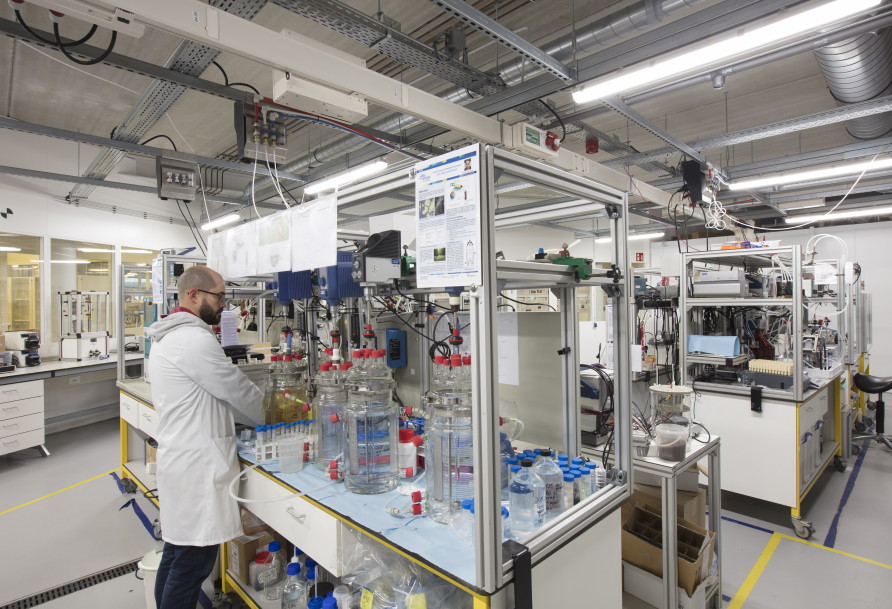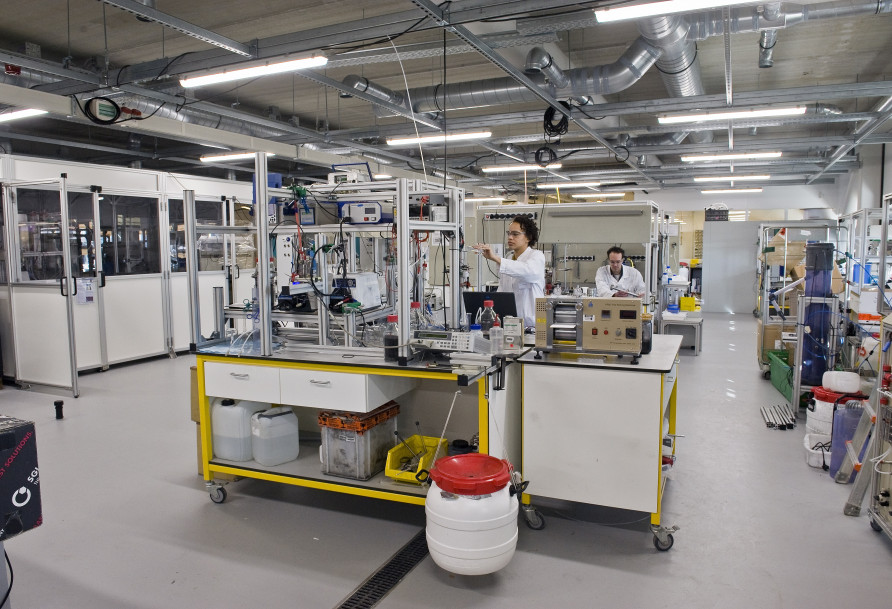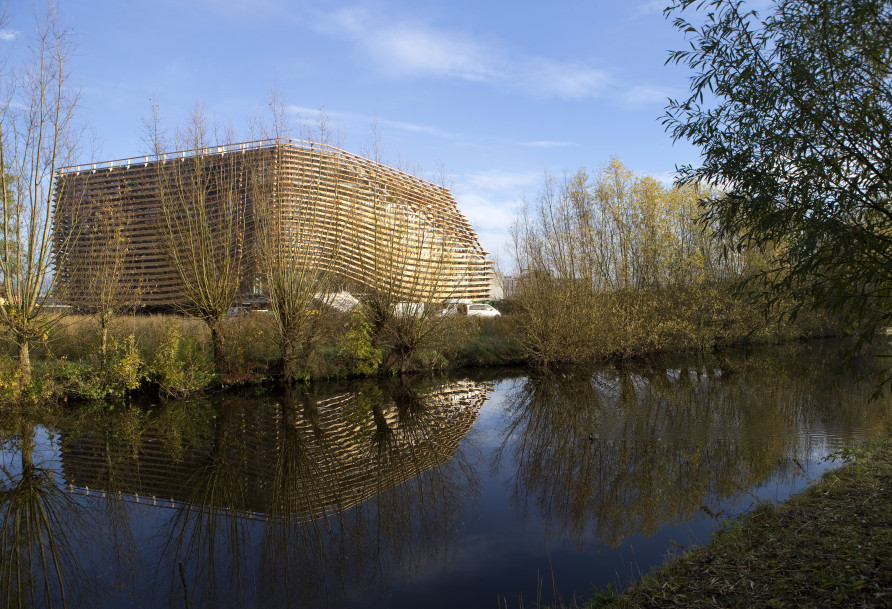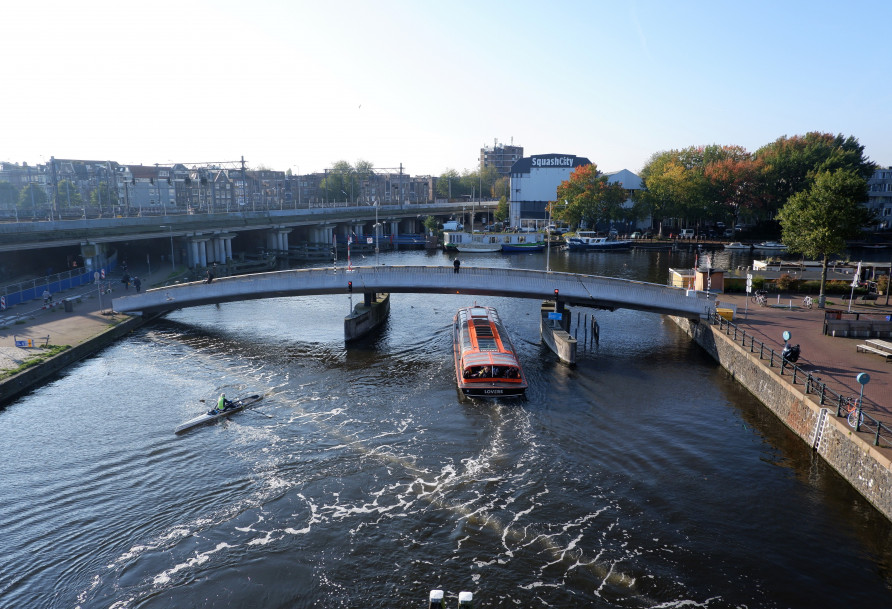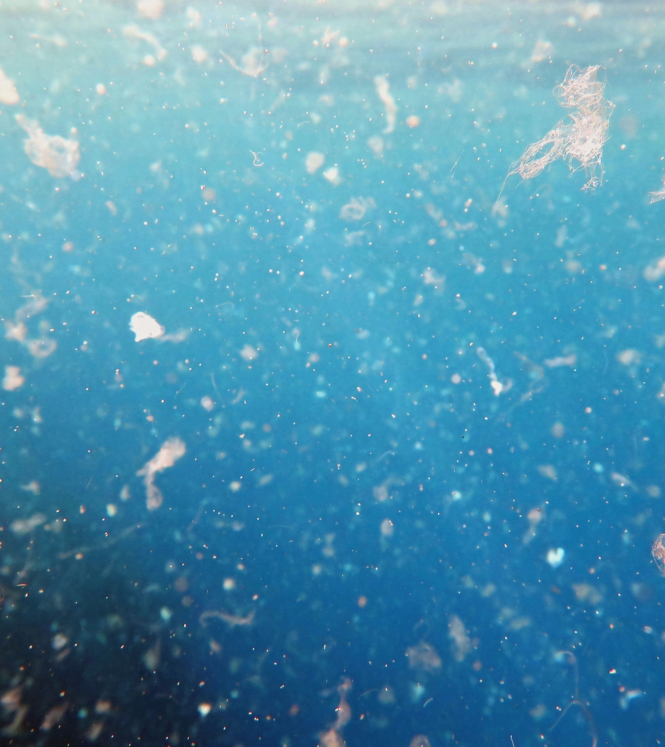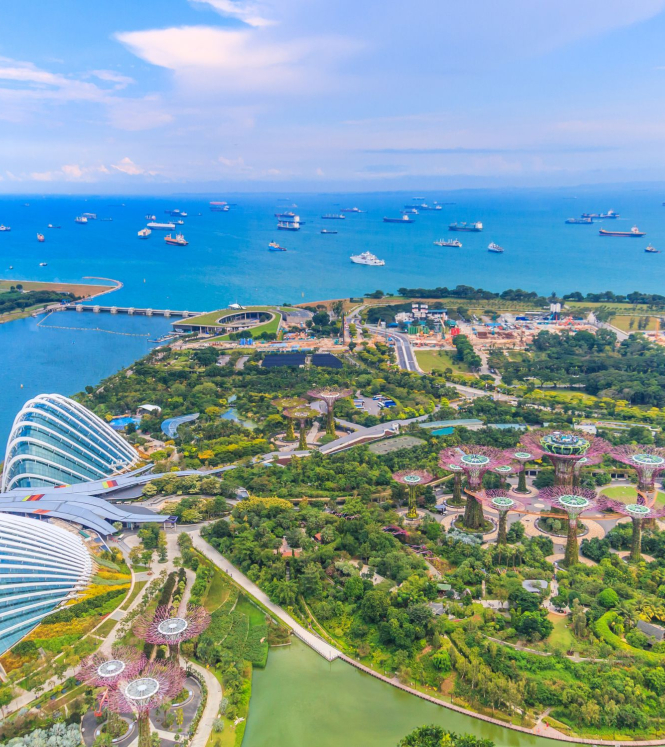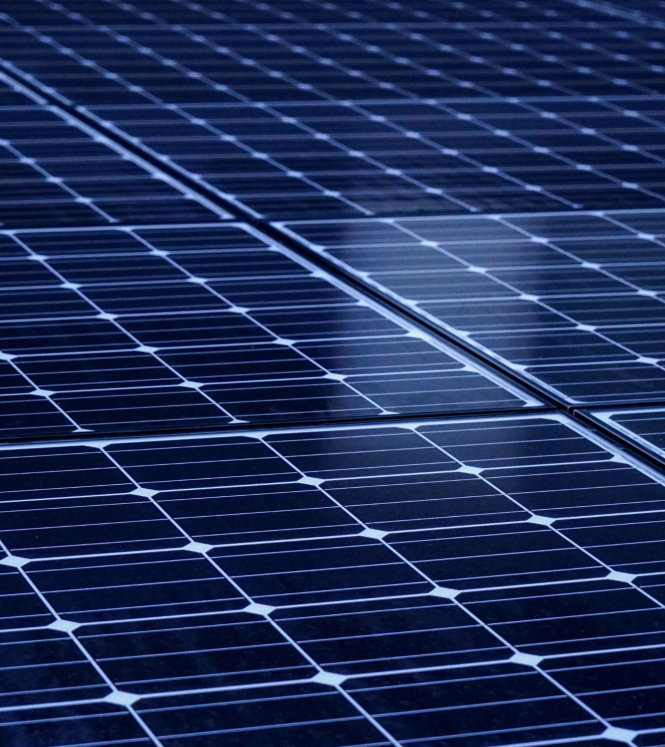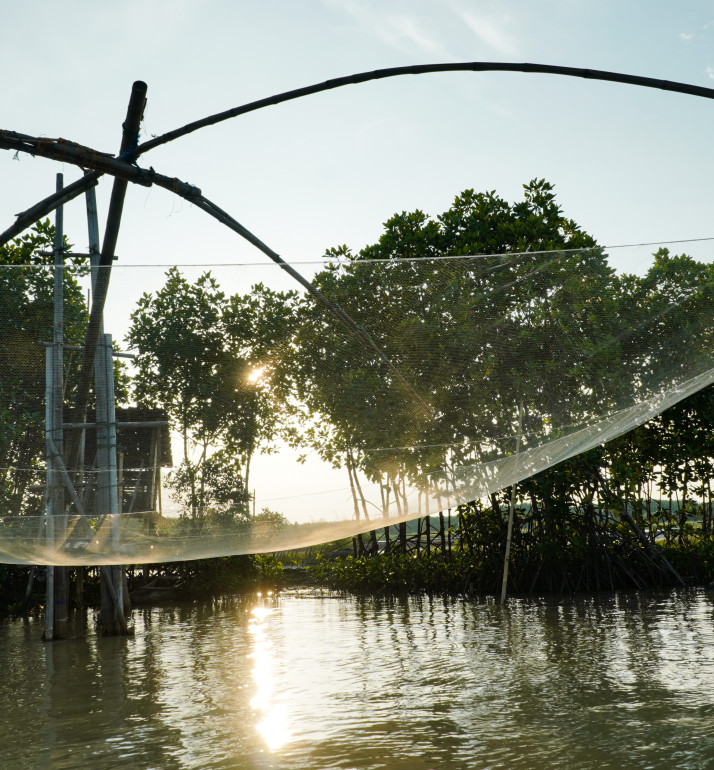
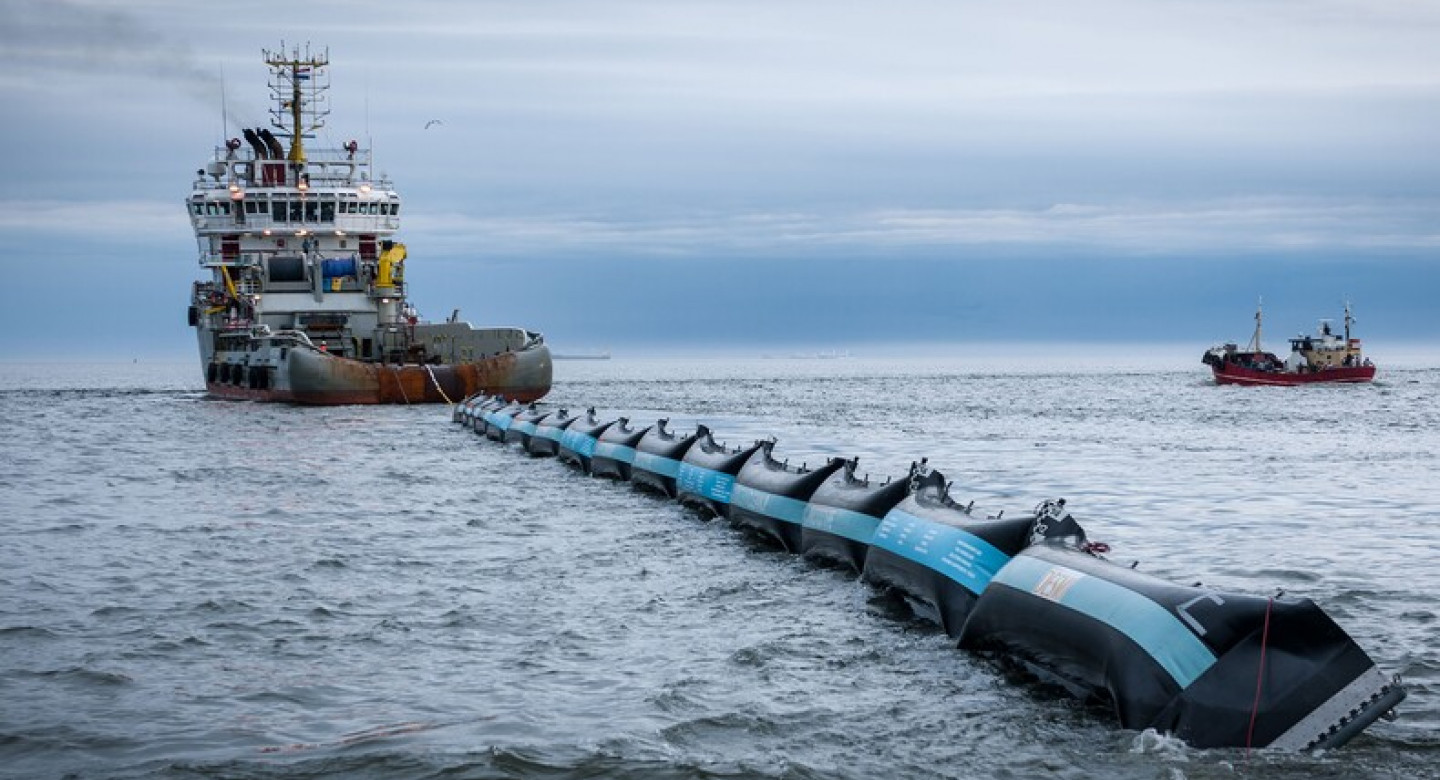
How technology can help clean water for resilient cities
How can we tackle the challenges of too much, too little and too dirty water. Many water challenges are man-made and can only be tackled collectively. This is why we want to take action around 20 September on World Cleanup Day each year, with our NL Waterway Cleanup which we are organising with embassies worldwide.
It may seem like a drop in the ocean, but around the world millions of people will participate in local cleanups both on their own and in groups, on and off the water, on beaches and river banks, in parks and streets. The power of together means that each and every one of us has impact. With this event we hope to create awareness because in order to maintain the planet as we know it, we have to take action, not only to prevent litter ending up in the water, but also to clean up waters which are already polluted. And that is where technology can help.
In the 1960s and 70s, Dutch waterways suffered from fish mortality, bad odours and polluted lake beds, riverbeds and sea beds. Since then, the Dutch water authorities have introduced various innovative drinking water and wastewater treatment techniques. As a result, this has led to a chlorine-free drinking water. While all domestic wastewater is treated in one of the Netherlands’ 350 sewage plants, commercial wastewater is often pre-purified by the discharging companies themselves before being sent to the sewage plants.
Sharing enabling technologies
The Netherlands is eager to share its innovations to accelerate solving challenges for cleaner waters, by sharing enabling technologies for cleaning wastewater. Not least because in 2021 it was said that 80percent of wastewater worldwide is released into the environment without adequate treatment. In fact, 95 percent of the water we used was thrown away. Indian water technology firm Aquarius H2O Dynamics applied nanofiltration techniques developed by Dutch company NX filtration to remove dye from wastewater in the textile industry. This enabled 95 percent of the wastewater to be recycled without intensive pre-treatment.
The Netherlands continues to invest in water technology by connecting business, knowledge and government. A great example is Wetsus, supported by 100 companies 23 universities and running 60 projects. The Netherlands Wetsus institute hails as a centre of excellence for sustainable water technology. Wetsus is part of the WaterCampus located in Leeuwaarden in the North of the Netherlands, where water technology companies are encouraged to collaborate with water technology institutes from all over the world. By combining their strengths and sharing knowledge Wetsus makes no attempt to conceal its ambition to become an international hub of water excellence. Zero-emissions, mineral recovery, and reducing energy use are at the heart of the institute’s research which includes groundwater technology, smart water grids, resource recovery, advanced wastewater technology and desalination amongst other things.
Innovative solutions to clean up litter
Eight billion tonnes of plastic litter enters our oceans every year. That is a lorry-load every minute. As well as being unsightly on our beaches, marine debris adversely affects the fishing and tourist industries, costing jobs, reducing local revenues and damaging ships. Every year marine debris costs the international community over 60 billion euros in clearing, repairing and losses. In the Netherlands alone collecting marine debris costs more than 10 million euros. The EU fishing industry faces an annual bill of 65 million euros thanks to plastic soup; and damage to shipping vessels also runs into the millions. Simple but effective interventions can turn the tide on plastic pollution in our waterways, preventing the accumulation of plastic soup in our oceans.
While some innovations prevent plastic pollution, others tackle it after it has already entered the waterways. There are innovative solutions like The Great Bubble Barrier, which simply pumps air bubbles through a perforated tube lying on the river bed. The bubbles block plastics flowing downstream and guides them to the surface and towards the riverbanks where it can be collected easily in a catchment system. While acting as a screen against plastic pollution the bubble barrier does not disturb marine life. Nor does it interfere with vessels on the waterways. However, the bubbles do reduce noise pollution, as it cuts down the sound of shipping traffic. The Great Bubble Barrier technology has been implemented in the river IJssel and in Amsterdam’s waterways. The catch of Bubble Barrier Amsterdam is currently being analysed by the Plastic Soup Foundation.
Watch this World Economic Forum video on the Great Bubble Barrier.
Take action against riverine pollution.
Ranmarine's Wasteshark
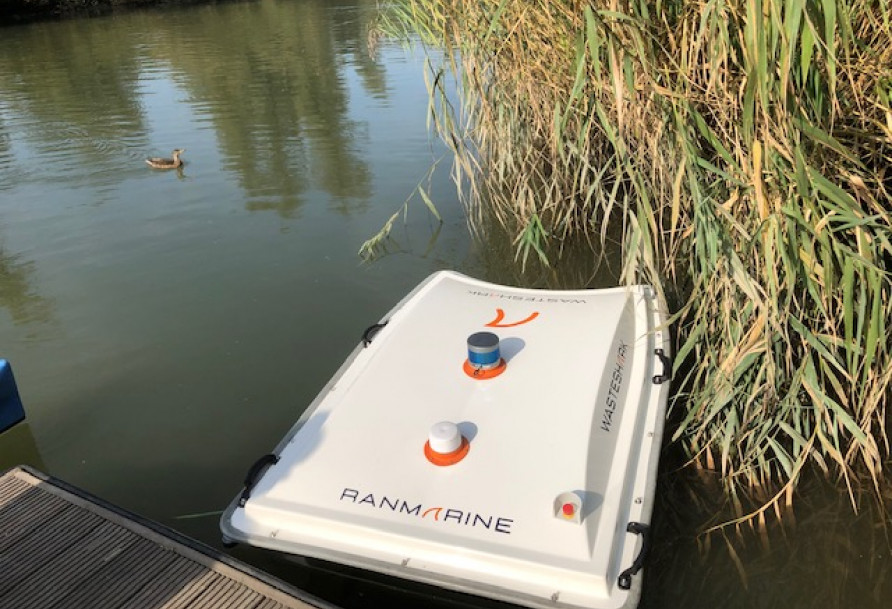
Artificial Intelligence
High tech solutions include the WasteShark by Ranmarine, which combines artificial intelligence with autonomous surface vessel (ASV) technology. The compact device is the first of its kind able to fish up marine debris in urban harbours or waterways and safely deposit it in a larger SharkPod to be disposed of. As it uses AI, the WasteShark learns from experience, thus increasing its efficiency and speed. It is also small and agile enough to get into the corners of any harbour or waterway.
Dutch water and subsurface consultancy Deltares, has the technology to monitor waste streams and prevent them from finding their way into waterways leading to the oceans. By creating various scenarios through models the consultancy can demonstrate the effectiveness of interventions which prevent waste at source. This better informs government decision-makers to help them intervene efficiently. In the European MICRO project, Deltares’ transport models predicting the accumulation of plastic particles in marine waters and sediment. This makes it possible to measure the impact on the tourism, the economy and nature. Deltares is also developing models for the European CleanSea project, and is involved in waste stream monitoring in Indonesia.
Boyan Slat’s Ocean Cleanup uses Deltares’ marine model of coastal waters off the Japanese island of Tsushima to tackle the Great Pacific Garbage Patch. This cleanup organisation has also implemented its interceptor technology to prevent plastic waste from the world’s worst polluting rivers reaching the ocean. And by recycling the plastics recovered from the ocean, Ocean Cleanup is creating value from waste products.
Ranmarine's Wasteshark joined the NL Waterway Cleanup 2021 kickoff in Dordrecht. Watch this impromptu interview with the makers of Wasteshark: Chief Operating Officer Esther Lokhorst, Chief Technology Officer Alistair Longman and Executive Assistant Sarah Teasdale.
https://youtu.be/6ZzLiTxUJc8
Cost of marine debris
Civil engineers from Delft University of Technology have developed the Fleet Cleaner, robotic technology, which fixes itself to a ship’s hull using powerful magnets. This innovative gadget cleans the hulls of ships using high-pressure water jets, capturing fouling as it goes. The system has a filter system which removes fouling releasing clean water back into the sea, earning it the Maritime Innovation Award in 2018. Cleaning a ship’s hull increases fuel efficiency by up to 10 percent, reducing fuel consumption and harmful emissions. It also helps collect the waste particles that otherwise would end up in the ocean. As it filters out all impurities, Fleet Cleaner can be used in port. As no human divers are required, cleaning can take place during loading and unloading.
